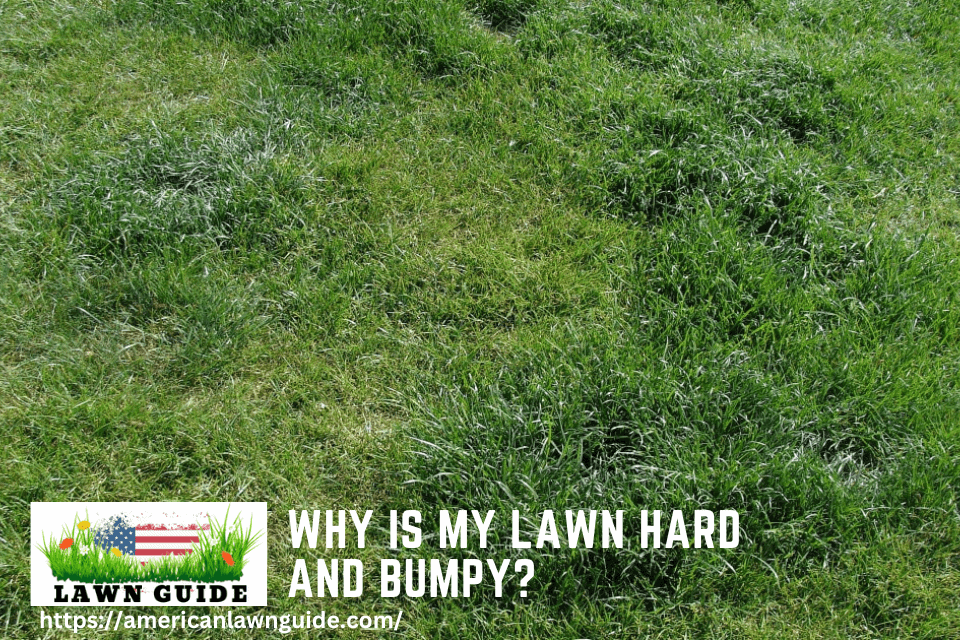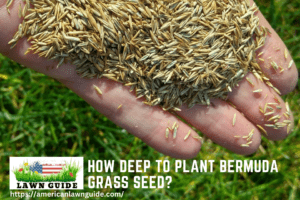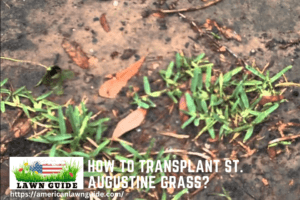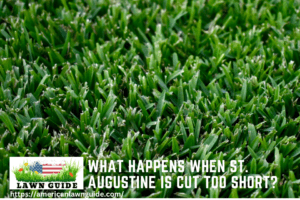There are a few reasons your lawn may be hard and bumpy.
The first is that the soil may be too compacted. This can happen if there is too much foot traffic or if heavy machinery is used on the lawn.
The second reason is that the grass may be mowed too short. When grass is mowed too short, it doesn’t have time to develop strong roots. The third reason is that your lawn might have grubs.
Grubs are small, white insects that live in the soil and eat grass roots. If you have grubs, you’ll likely see brown patches of dead grass in your lawn.
The condition of your lawn can tell you a lot about the health of your soil. If your lawn is hard and bumpy, it could be a sign that your soil is compacted. Compacted soil doesn’t allow water, air, or nutrients to penetrate down to the roots of your grass.
This can lead to a host of problems like poor drainage, unhealthy turf, and bare spots. There are a few things you can do to improve the condition of your lawn. First, try aerating your lawn with a garden fork or core aerator.
This will help loosen up the soil and allow water and nutrients to reach the roots of your grass. You can also top dress your lawn with compost or other organic matter. This will help add healthy microbes and organic matter back into the soil.
If you have compacted soil, don’t despair! With a little effort, you can improve the health of your lawn and make it look its best!
Leveling Bumpy Lawn
How Do You Fix Hard Lumpy Grass?
If you have a hard, lumpy lawn, it’s probably because the soil is too compacted. Soil compaction can be caused by many things, including walking on the grass, using heavy equipment on the lawn, or even just leaving a lot of toys or other heavy objects out on the grass. The good news is that there are some things you can do to fix the problem.
One way to fix hard, lumpy grass is to aerate the lawn. This means making small holes in the soil so that air and water can get down to the roots of the grass. You can do this yourself with a hand-held aerator or you can hire someone to do it for you.
Another way to fix hard, lumpy grass is to top dress the lawn. This means spreading a thin layer of fresh soil over the top of the existing soil. This will help improve drainage and make it easier for roots to grow.
Finally, you may need to reseed your lawn if there are bald spots or patches of dead grass. Once you’ve done all of these things, be sure to give your lawn plenty of water and fertilize regularly so that it has everything it needs to grow strong and healthy!
What are the Hard Lumps in My Lawn?
If you have hard lumps in your lawn, it’s likely that they are moles. Moles are small, burrowing mammals that can cause damage to your lawn as they create tunnels just below the surface. While they don’t eat the grass, their digging can uproot plants and disrupt soil structure.
If you have moles in your lawn, there are a few things you can do to get rid of them. Trapping is one of the most effective methods for getting rid of moles. There are a variety of traps available, including live traps and lethal traps.
Before setting any trap, be sure to check local laws to make sure trapping is allowed in your area. Once you’ve selected a trap, baited it with mole food (earthworms work well) and set it in an active tunnel. Check the trap regularly and dispose of any caught moles immediately.
Another method for getting rid of moles is using repellents or poisons. These products work by either deterring moles from entering your yard or killing them outright. Repellents typically contain strong smelling substances like garlic or castor oil that will send moles running in the other direction.
Poisons usually come in granular form and are mixed with water before being applied to the lawn; they work by causing dehydration and death when ingested by moles. Be aware that these products can also be harmful to pets and children, so use them with caution and always follow directions carefully. If you have hard lumps in your lawn, chances are they’re caused by moles.
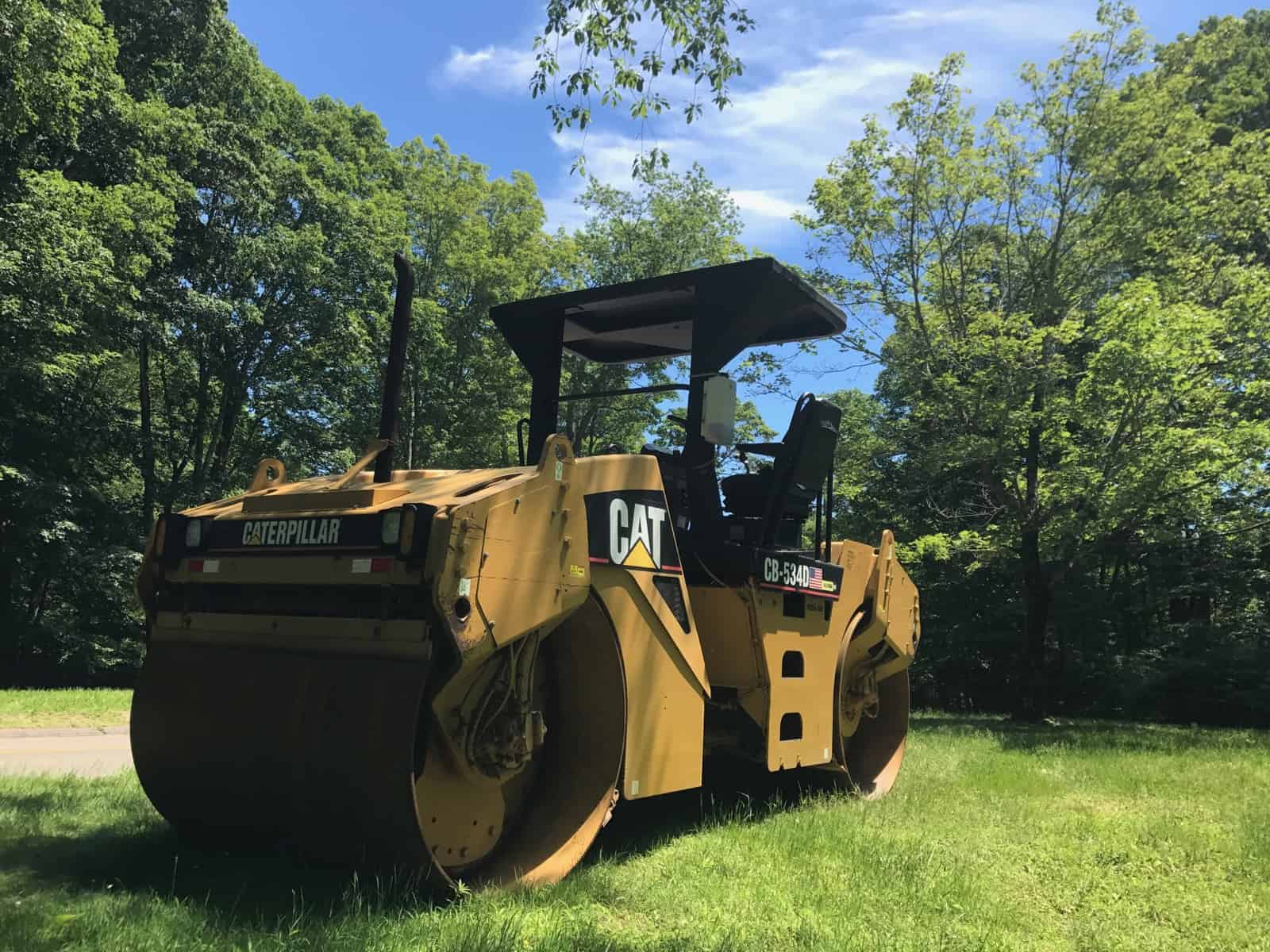
How to Fix Lumpy Lawn?
Lumpy lawns are unsightly and can be a sign of underlying problems with your grass. Thankfully, there are a few things you can do to fix a lumpy lawn. First, take a look at the soil beneath your grass.
If it is compacted, that could be why your grass is lumpy. Aerate the soil to loosen it up and improve drainage. You can do this yourself with a hand-held aerator or hire a professional.
Second, check the pH level of your soil. Grass grows best in slightly acidic soil, so if your soil is too alkaline or too acidic, that could be causing problems. Test your soil’s pH level and adjust accordingly.
Third, make sure you’re mowing properly. Mow high and often to keep your grass healthy and prevent it from getting too long and developing clumps. Be sure to use sharp blades on your mower to avoid tearing the grass and creating more lumps.
With these tips, you should be able to fix a lumpy lawn in no time!
Will Aeration Help with a Lumpy Lawn?
The answer to this question is probably. Aerating your lawn is one the best things you can do for the overall health of your grass. If your lawn is lumpy, however, aeration won’t help right away. You’ll need to top dress your lawn after aerating it to cover up the holes left behind and make it smooth again.
Why is My Yard Lumpy And Soft?
If you have a yard that’s lumpy and soft, it’s likely because the soil is too dense. This can be caused by a number of things, including compaction from heavy traffic or poor drainage. Compacted soil doesn’t allow water to penetrate, which means that any moisture just sits on the surface and doesn’t seep down to the roots of your grass.
This can lead to all sorts of problems, including turf diseases and an inability for your lawn to withstand foot traffic. The best way to fix compacted soil is to aerate it. This can be done with a hand tool or a power aerator, and will help break up the soil so that water and air can move through more easily.
Conclusion
If you’ve ever wondered why your lawn is hard and bumpy, you’re not alone. Many homeowners have experienced this problem at some point. There are a few possible reasons for a hard and bumpy lawn, including compaction, thatch buildup, and poor drainage.
Compaction occurs when the soil is packed down too tightly, preventing air and water from getting to the roots of the grass. Thatch is a layer of dead grass and organic matter that can build up on the surface of the soil, making it difficult for new grass to grow. Poor drainage can also cause a hard and bumpy lawn because water can’t seep down into the soil properly, causing the roots to rot.
If you’re not sure what’s causing your hard and bumpy lawn, it’s best to consult with a professional landscaper or lawn care expert.

